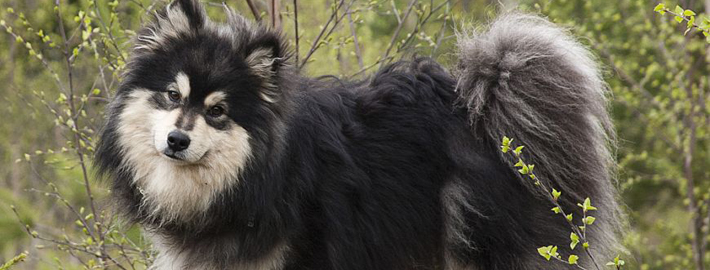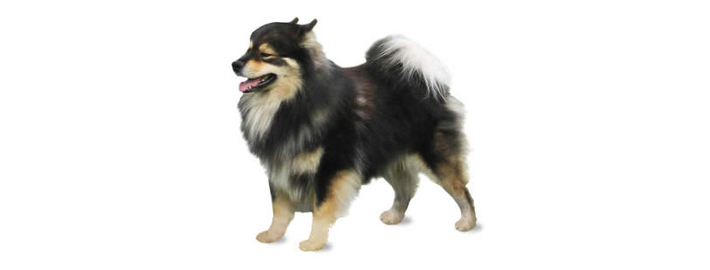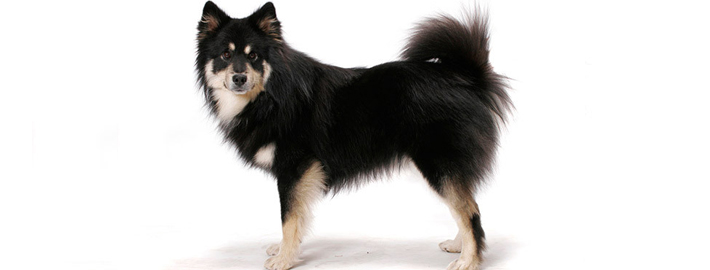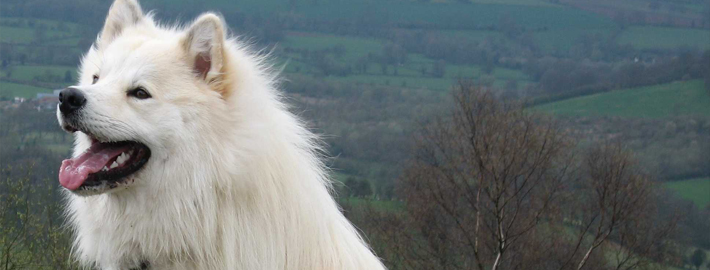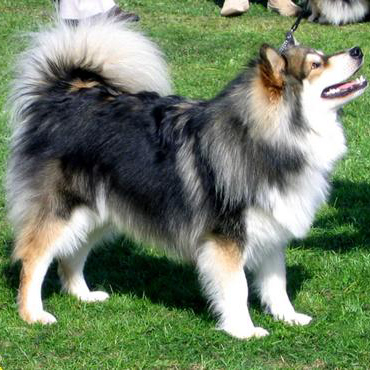What makes the Finnish Lapphund Unique?
The Finnish Lapphund is a hardy, easy going, medium-size breed of Spitz type. Traditionally it has been used for herding reindeer. Although it is one of the most popular dog breeds in its native country, Finland, it is not very numerous outside of the Nordic countries.
Breed Groups
Page Contents
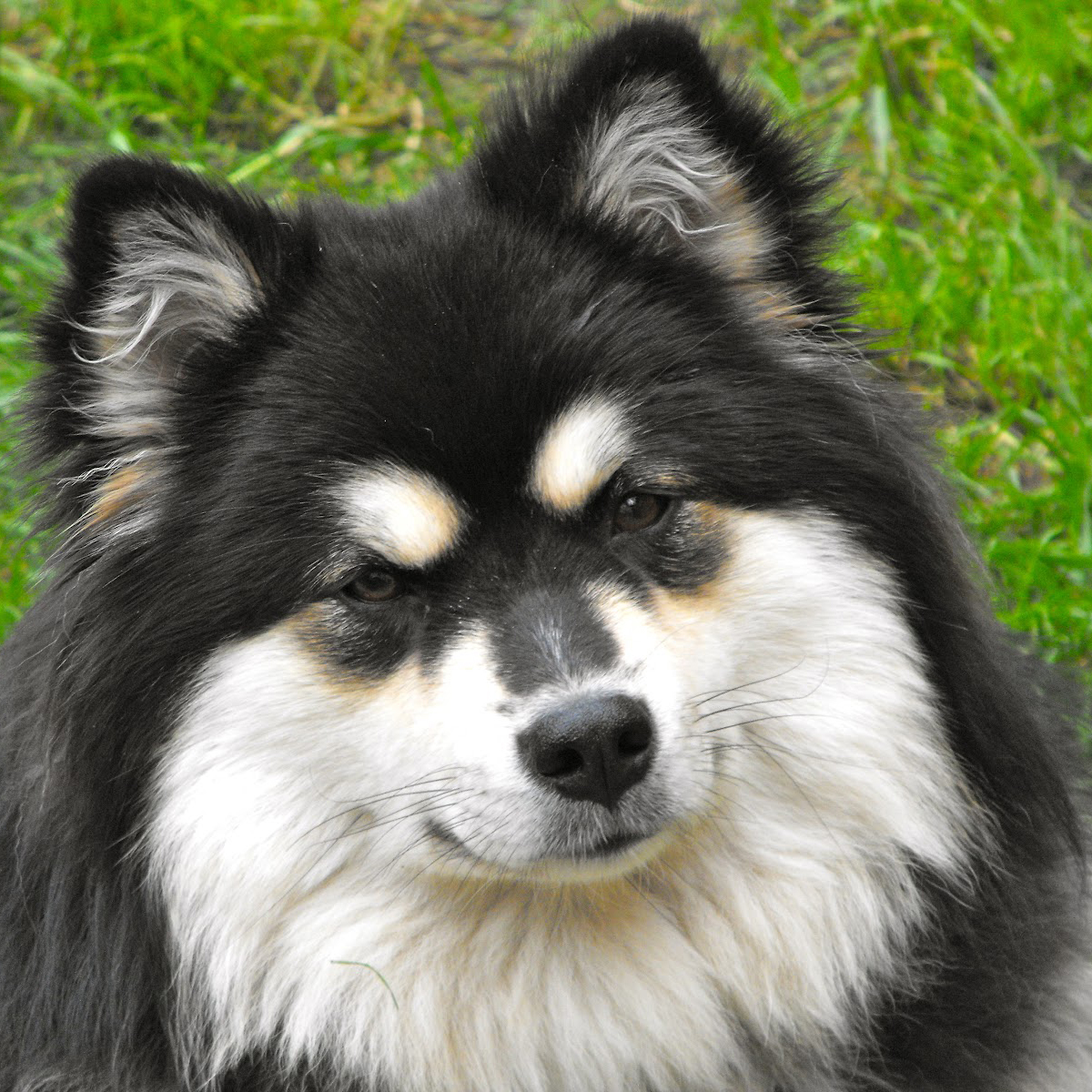
SnapShot
| Size: | Males – 46 to 53 cm (18 to 21 inches) Females – 41 to 48 cm (16 to 19 inches) |
| Weight: | Males – 17 to 19 kilograms (37 to 42 lb) Females – 17 to 19 kilograms (37 to 42 lb) |
| Origin: | Finland |
| Life Span: | 12 – 15 Years |
| Colour: | White, black, red, and brown, and combinations of colors such as black and tan |
| Litter Size: | 4 to 5 puppies |
Is the Finnish Lapphund Right For You?
When working, Finnish Lapphunds are agile, alert and noisy. While interacting with people, however, the breed is calm, friendly, and very submissive. Lappies shed seasonally, but the fur can be easily controlled with regular brushing. Their double-coat makes them intolerant of the heat. Daily exercise is also necessary.
In 5 Words
- Alert
- Agile
- Calm
- Friendly
- Submissive
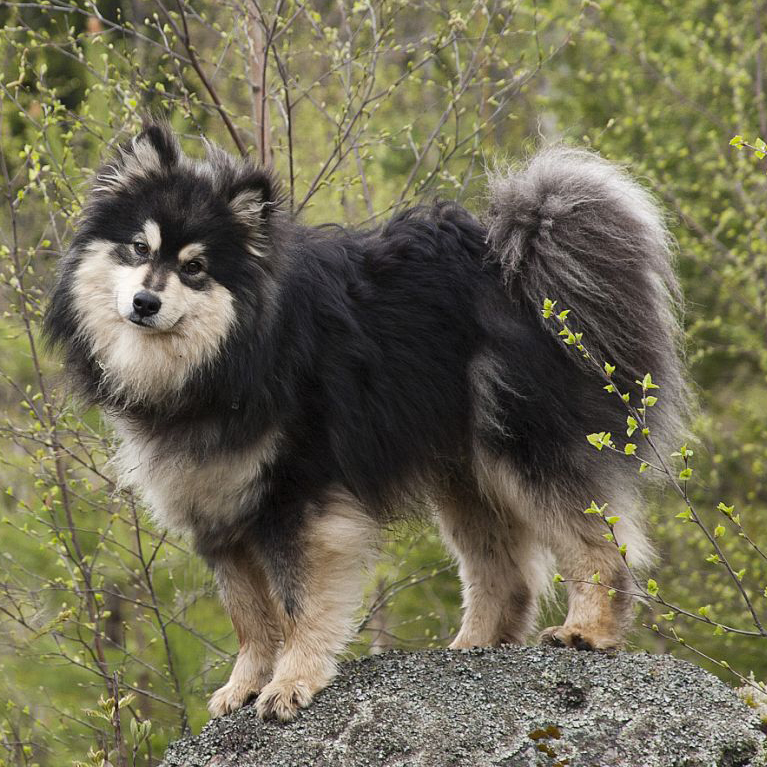
Characteristics
Learn About the Finnish Lapphund
Description
General Description
The Finnish Lapphund is a medium-sized dogs with strong physiques. They have a double coat which consist of coarse, long topcoats and fluffy, short undercoats. The hair on their necks and head are thicker than the rest of their body, giving them the appearance of having a mane.
Short History of the Finnish Lapphund
The original Finnish Lapphunds were the helper dogs of a tribe of semi-nomadic people, the Sami, in Lapland (the northern region of Finland, Sweden and, in part, Russia). Over hundreds of years, the Sami culture evolved into a more sedentary existence, which revolved around the keeping of reindeer herds. At the same time, the dogs evolved from hunters into herding dogs that helped maintain the reindeer. With the arrival of the snowmobile, the use of dogs became less and less necessary, but the breed still retains a strong herding instinct. They remain very popular as family pets in Scandinavia.
Temperament
Finnish Lapphunds were developed to herd reindeer, an animal that is not as fearful of dogs and wolves as many other herd animals. As a result, the breed has a temperament that reflects a basic need to both control, and get away from, these animals. When herding reindeer, the dogs are extremely active and noisy. They must be constantly on the watch, as a reindeer may turn and try to trample them at any moment. As a result, the breed has a very strong “startle reflex”, as well as being extremely agile and alert. However, they also recover quickly after startling, and will return to their work, exhibiting extreme courage. When interacting with people, Finnish Lapphunds are calm, friendly, and very submissive. At times, they may appear a little distant or aloof. This combination of submissiveness and reserve should not be misinterpreted as shyness. Although excited barking is typical, excessive sharpness and snarling are by no means acceptable, not even in males toward other males.
Caring for Your Finnish Lapphund
Grooming & Bathing
Because of the density of the coat, they require frequent care and maintenance, owners will need to comb and brush their dogs’ coats at least twice a week, and daily when they are shedding. As the undercoat is extremely thick they must not be allowed to matt, as this a can cause the dog to suffer.
Exercise & Training
Movement is effortless and changes easily from a trot to a gallop, which is the most natural style of movement for the breed. When working, Finnish Lapphunds are very agile and capable of sudden bursts of speed. When moving at a trot, the limbs angle slightly toward the midline when viewed from the front or rear. Viewed from the side, the trotting dog appears powerful, with a medium stride.

